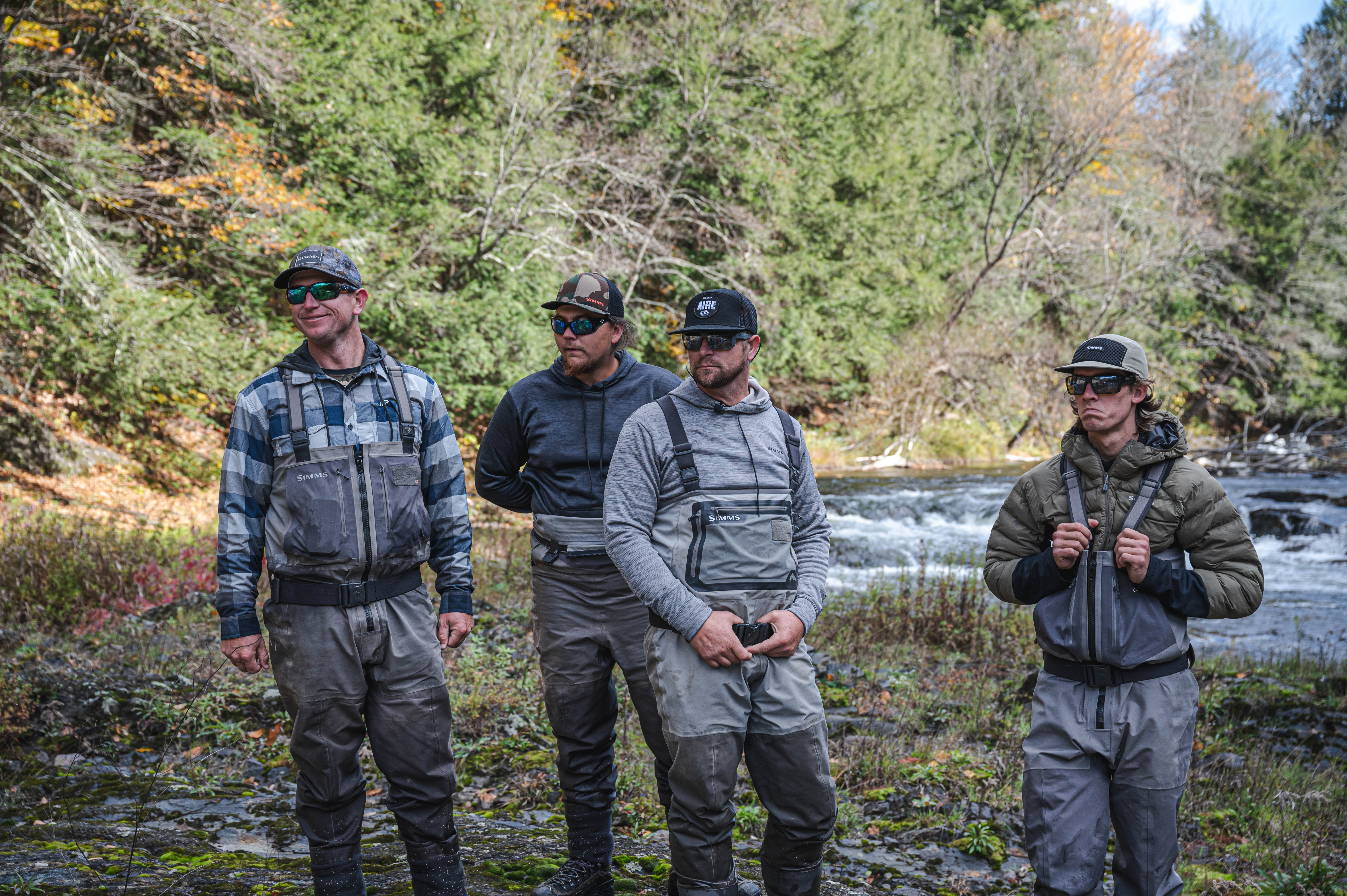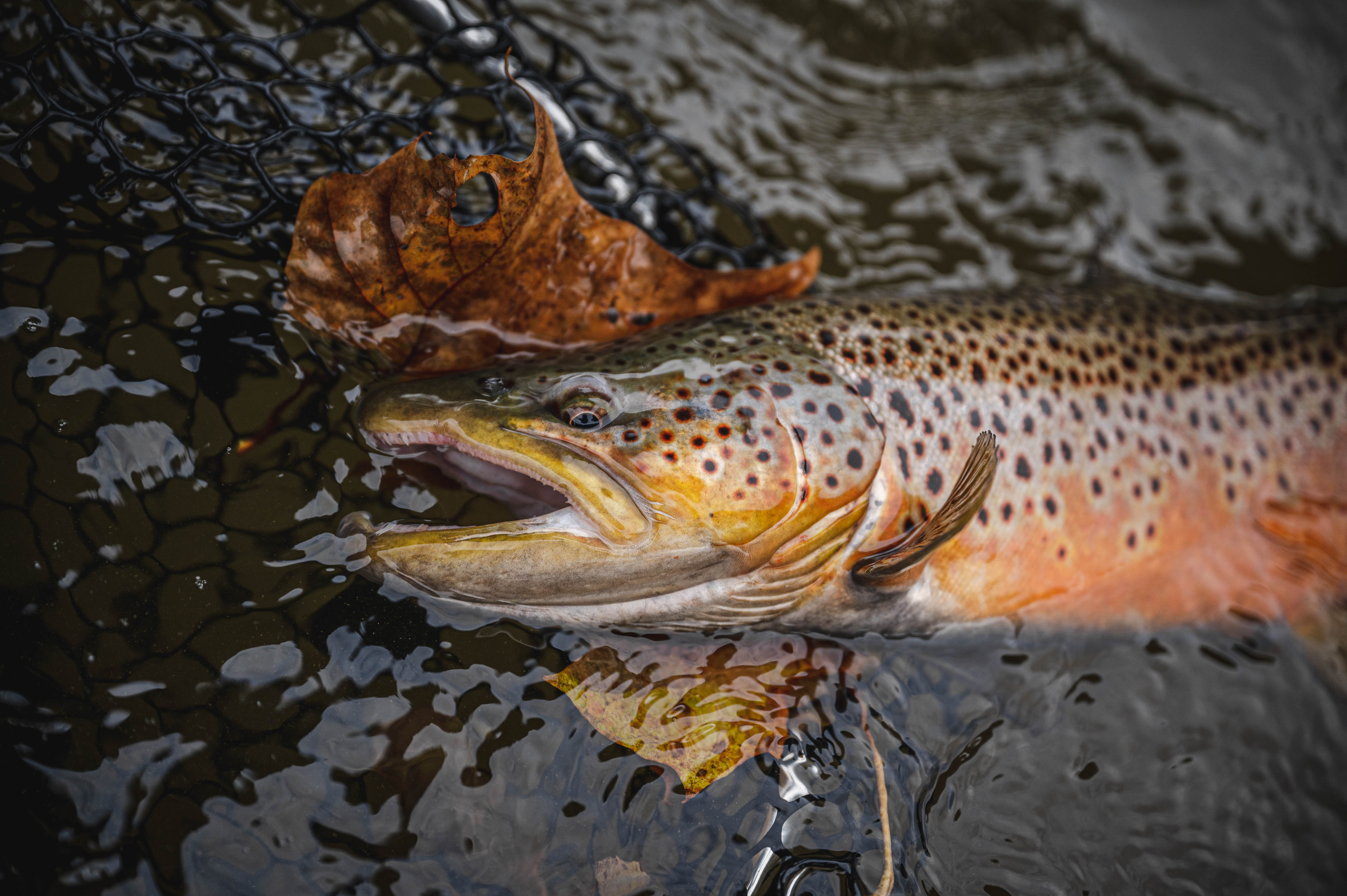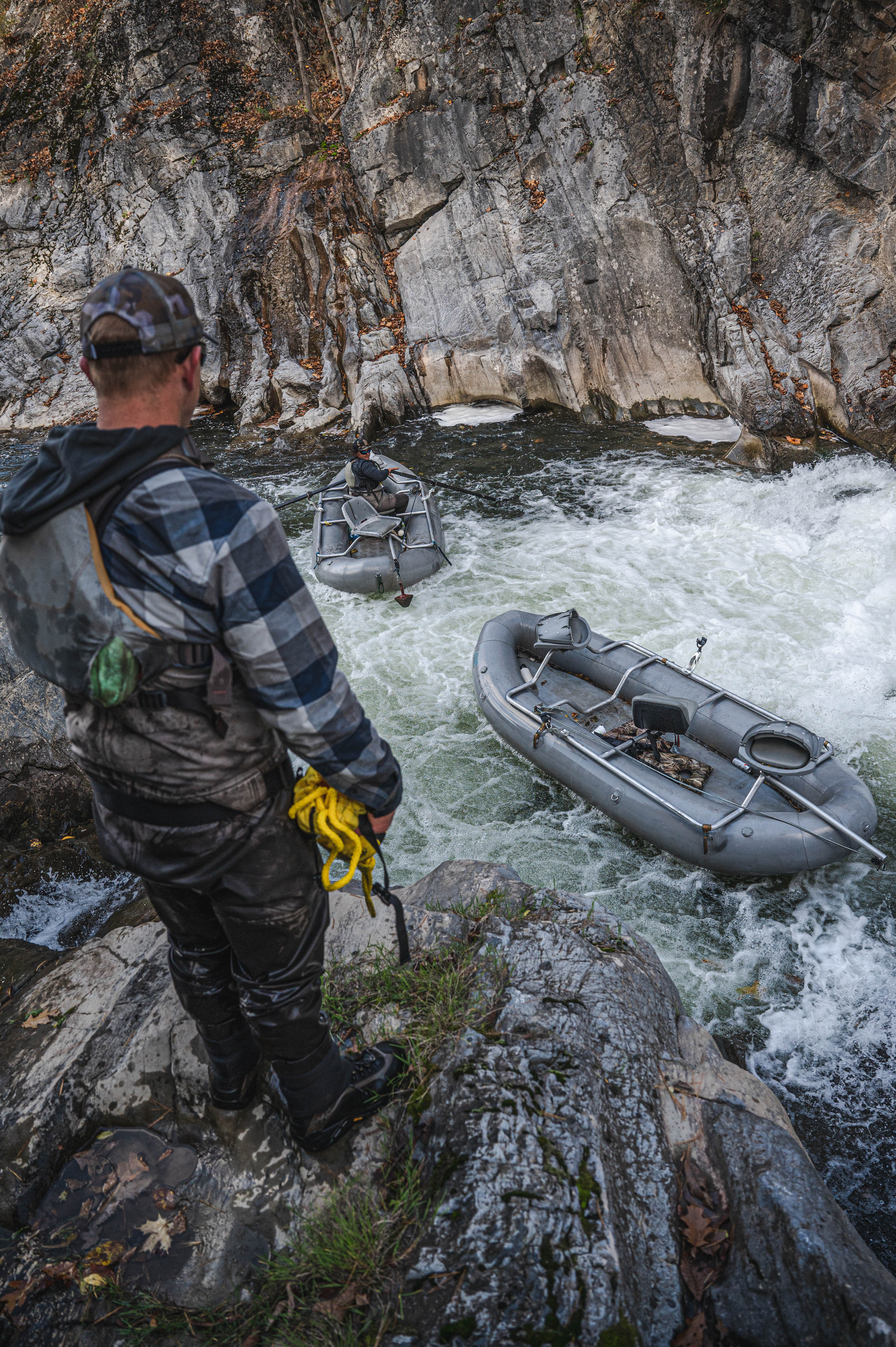Do Flies Bleed? Yes, flies bleed, but not in the way humans do. Instead of blood, they have a fluid called hemolymph, which serves similar functions, although with some key differences. Are you ready to explore the fascinating world of insect physiology with flyermedia.net? Hemolymph circulation, insect anatomy, and flying insects are the key.
1. What is Hemolymph and How Does it Differ from Blood?
Hemolymph is the circulatory fluid in insects and other arthropods, differing significantly from the blood found in vertebrates. Unlike blood, hemolymph does not primarily transport oxygen. Instead, it carries nutrients, hormones, and immune cells throughout the insect’s body.
1.1. Composition of Hemolymph
The composition of hemolymph is complex and varies between insect species, but it generally includes:
- Water: The main component, acting as a solvent for other substances.
- Ions: Sodium, potassium, chloride, calcium, and magnesium, essential for maintaining osmotic balance and nerve function.
- Nutrients: Sugars, amino acids, lipids, and vitamins, providing energy and building blocks for growth and maintenance.
- Proteins: Enzymes, transport proteins, and immune proteins (hemocytes), performing various functions such as digestion, nutrient transport, and defense against pathogens.
- Waste Products: Urea, uric acid, and other nitrogenous wastes, which are transported to excretory organs for removal.
1.2. Functions of Hemolymph
Hemolymph performs several vital functions in insects:
- Nutrient Transport: Hemolymph transports nutrients from the gut to cells throughout the body, providing energy and building materials.
- Hormone Distribution: Hormones are transported via hemolymph to target tissues, regulating various physiological processes such as molting, reproduction, and behavior.
- Waste Removal: Hemolymph carries waste products from cells to excretory organs, such as Malpighian tubules, for elimination from the body.
- Immune Defense: Hemolymph contains hemocytes, specialized immune cells that protect the insect from pathogens by phagocytosis, encapsulation, and other immune responses.
- Hydrostatic Pressure: Hemolymph contributes to the insect’s hydrostatic skeleton, providing support and enabling movement, especially in soft-bodied larvae.
1.3. Key Differences Between Hemolymph and Blood
| Feature | Hemolymph | Blood |
|---|---|---|
| Primary Function | Nutrient transport, immune defense | Oxygen transport |
| Respiratory Pigment | Absent (usually) | Present (hemoglobin) |
| Oxygen Transport | Low efficiency | High efficiency |
| Circulation System | Open | Closed |
| Vessels | Limited; primarily sinuses and lacunae | Extensive network of arteries, veins, capillaries |
| Color | Clear, yellowish, greenish | Red (due to hemoglobin) |
2. The Circulatory System of Flies: An Open System
Flies, like all insects, have an open circulatory system. This means that the hemolymph is not confined to vessels but instead flows freely through the body cavity, bathing the organs and tissues directly. This contrasts with the closed circulatory systems of vertebrates, where blood is always contained within vessels.
2.1. Heart and Aorta
The fly’s circulatory system consists of a dorsal vessel that extends from the abdomen to the head. This vessel is divided into two main sections: the heart and the aorta.
- Heart: The heart is a tube-like structure located in the abdomen, consisting of a series of chambers with small openings called ostia. These ostia allow hemolymph to enter the heart from the body cavity.
- Aorta: The aorta is a narrower vessel that extends from the heart into the head. It lacks ostia and serves to conduct hemolymph forward towards the brain and other head structures.
2.2. Hemolymph Flow
The flow of hemolymph in flies is driven by the heart’s rhythmic contractions. The heart pumps hemolymph forward through the aorta, which then empties into the head region. From there, the hemolymph flows back through the body cavity, bathing the organs and tissues, before re-entering the heart through the ostia.
2.3. Accessory Pulsatile Organs
In addition to the main heart, flies have accessory pulsatile organs (APOs) located at the base of the antennae and in the wings. These APOs help to circulate hemolymph into these extremities, ensuring that they receive adequate nutrient supply and waste removal.
2.4. Lack of Capillaries
Unlike vertebrates, insects do not have capillaries. Instead, the hemolymph flows directly around the cells and tissues, allowing for direct exchange of nutrients, gases, and waste products.
3. Do Flies Feel Pain When They “Bleed?”
The question of whether flies feel pain when they “bleed” (lose hemolymph) is complex and not fully understood. Here’s what we know:
3.1. Insect Nervous System
Insects have a decentralized nervous system consisting of a brain and a series of ganglia (nerve clusters) located throughout the body. These ganglia control local functions and can operate somewhat independently of the brain.
3.2. Nociceptors in Insects
Insects possess nociceptors, sensory neurons that respond to potentially harmful stimuli such as extreme temperatures, mechanical damage, and irritating chemicals. These nociceptors send signals to the central nervous system, triggering protective reflexes and avoidance behaviors.
3.3. Pain Perception vs. Nociception
It’s important to distinguish between nociception (the detection of harmful stimuli) and pain perception (the subjective experience of suffering). While insects clearly exhibit nociception, it is debated whether they experience pain in the same way as mammals.
3.4. Evidence for Pain Perception
Some studies suggest that insects may experience a form of pain:
- Learned Avoidance: Insects can learn to avoid stimuli associated with unpleasant experiences, suggesting they are capable of forming negative associations.
- Changes in Behavior: Following injury, insects may exhibit changes in behavior such as reduced activity, altered feeding patterns, and increased self-grooming, which could indicate discomfort or pain.
- Neuromodulation: Insects possess neuromodulatory systems similar to those involved in pain modulation in vertebrates, suggesting they may be able to regulate their experience of noxious stimuli.
3.5. Evidence Against Pain Perception
Other arguments suggest that insects do not experience pain in the same way as mammals:
- Lack of Complex Brain Structures: Insects lack the complex brain structures associated with pain processing in mammals, such as the cerebral cortex.
- Different Neurochemistry: The neurochemical systems involved in pain perception in insects may differ significantly from those in mammals.
- Adaptive Value of Nociception: Nociception is essential for survival, allowing insects to avoid potentially harmful situations. However, pain perception may not be necessary for this function.
3.6. Conclusion
While insects can detect and respond to harmful stimuli, it is not clear whether they experience pain in the same way as mammals. Further research is needed to fully understand the insect’s subjective experience of injury and suffering.
4. The Color of Fly Hemolymph: What Does it Indicate?
The color of fly hemolymph can vary depending on several factors, including the species of fly, its diet, and its physiological state.
4.1. Clear or Translucent Hemolymph
In many fly species, the hemolymph is clear or translucent. This is because it lacks respiratory pigments such as hemoglobin, which gives vertebrate blood its red color.
4.2. Yellowish or Greenish Hemolymph
In some cases, fly hemolymph may have a yellowish or greenish tint. This can be due to the presence of pigments derived from the fly’s diet, such as carotenoids or biliverdin.
4.3. Hemolymph Color as an Indicator of Health
The color of fly hemolymph can sometimes be an indicator of the fly’s health. For example, cloudy or discolored hemolymph may indicate an infection or other health problem.
4.4. Research from the University of California, Riverside
According to research from the University of California, Riverside, in July 2023, hemolymph coloration in Drosophila melanogaster (fruit flies) can be influenced by the presence of specific metabolites and immune responses. Pteridines, for instance, can impart a yellowish hue, while the activation of the immune system can lead to changes in hemolymph composition, affecting its color.
5. What Happens When a Fly Loses Hemolymph?
When a fly loses hemolymph, it can have several consequences, depending on the amount of hemolymph lost and the fly’s overall health.
5.1. Hemolymph Loss and Dehydration
Hemolymph is primarily water, so losing hemolymph can lead to dehydration. This can be particularly problematic for small insects like flies, which have a high surface area to volume ratio and are prone to water loss.
5.2. Reduced Nutrient Transport
Hemolymph is responsible for transporting nutrients throughout the fly’s body. Losing hemolymph can disrupt this process, leading to reduced nutrient supply to tissues and organs.
5.3. Impaired Immune Function
Hemolymph contains hemocytes, the fly’s immune cells. Losing hemolymph can reduce the number of circulating hemocytes, impairing the fly’s ability to fight off infections.
5.4. Reduced Hydrostatic Pressure
Hemolymph contributes to the fly’s hydrostatic skeleton, providing support and enabling movement. Losing hemolymph can reduce hydrostatic pressure, making it difficult for the fly to move and maintain its shape.
5.5. Death
In severe cases, hemolymph loss can lead to death. This is more likely to occur if the fly loses a large amount of hemolymph or if it is already weakened by other factors such as starvation or disease.
6. How Flies Heal Wounds: The Role of Hemolymph
Flies have mechanisms to heal wounds and prevent excessive hemolymph loss.
6.1. Hemolymph Coagulation
When a fly is injured, the hemolymph can coagulate (clot) to seal the wound and prevent further hemolymph loss. This process involves the activation of clotting factors in the hemolymph, which form a plug at the site of the injury.
6.2. Wound Healing
In addition to coagulation, flies have mechanisms to repair damaged tissues and close wounds. This process involves the migration of cells to the wound site, the deposition of extracellular matrix, and the formation of new cuticle.
6.3. Immune Response
Wound healing in insects is closely linked to the immune system. When a fly is injured, the immune system is activated to prevent infection and promote tissue repair. Hemocytes play a crucial role in this process by clearing debris, killing pathogens, and releasing growth factors that stimulate tissue regeneration.
6.4. Research from Embry-Riddle Aeronautical University
According to research from Embry-Riddle Aeronautical University, in July 2024, certain proteins within the hemolymph play a crucial role in wound healing. Specifically, P provides structural support and antimicrobial properties, aiding in the rapid closure and protection of wounds in insects.
7. Do All Insects Have Hemolymph?
Yes, all insects have hemolymph. It is a characteristic feature of their open circulatory system.
7.1. Hemolymph in Different Insect Orders
While the basic composition and function of hemolymph are similar across insect orders, there can be variations in the specific molecules present and the relative abundance of different components.
7.2. Adaptations in Hemolymph Composition
Some insects have evolved adaptations in their hemolymph composition to suit their particular lifestyles or environments. For example, insects that live in extreme environments may have hemolymph with higher concentrations of cryoprotectants or heat-shock proteins to protect against freezing or heat stress.
8. Why Don’t Flies “Bleed” Like Humans?
Flies don’t “bleed” like humans due to fundamental differences in their circulatory and respiratory systems.
8.1. Open vs. Closed Circulatory Systems
Humans have a closed circulatory system where blood is confined to vessels, allowing for efficient oxygen transport and blood pressure regulation. Flies, on the other hand, have an open circulatory system where hemolymph flows freely through the body cavity.
8.2. Respiratory Pigments
Human blood contains hemoglobin, a respiratory pigment that binds oxygen and gives blood its red color. Flies lack hemoglobin and rely on a tracheal system for oxygen delivery.
8.3. Oxygen Delivery
In humans, oxygen is transported by red blood cells from the lungs to tissues throughout the body. In flies, oxygen is delivered directly to tissues via a network of tracheal tubes that open to the outside through spiracles.
8.4. Blood Pressure
The closed circulatory system of humans allows for the maintenance of blood pressure, which is essential for efficient circulation. Flies, with their open circulatory system, have low hemolymph pressure.
9. Can Scientists Study Fly Hemolymph?
Yes, scientists can and do study fly hemolymph to learn more about insect physiology, immunology, and development.
9.1. Methods for Hemolymph Collection
Several methods can be used to collect hemolymph from flies, including:
- Puncturing the Cuticle: A small hole is made in the fly’s cuticle, and the hemolymph is collected using a micropipette.
- Cutting a Leg: A leg is cut off, and the hemolymph is collected as it flows out.
- Centrifugation: The fly is centrifuged to separate the hemolymph from other tissues.
9.2. Applications of Hemolymph Research
Fly hemolymph research has several applications:
- Insect Physiology: Studying hemolymph can provide insights into insect metabolism, hormone regulation, and other physiological processes.
- Immunology: Hemolymph contains immune cells and molecules, making it a valuable resource for studying insect immunity.
- Development: Hemolymph composition changes during development, providing clues about the processes regulating growth and metamorphosis.
- Toxicology: Hemolymph can be used to assess the effects of toxins and pollutants on insects.
9.3. Notable Research Institutions
Several research institutions are actively involved in studying fly hemolymph, including:
- University of California, Riverside: Known for its research on insect immunity and metabolism.
- Embry-Riddle Aeronautical University: Focuses on the biochemical properties of hemolymph and its role in insect physiology.
10. FAQ: Understanding Fly Hemolymph
10.1. Is Fly Hemolymph the Same as Blood?
No, fly hemolymph is not the same as blood. Hemolymph does not primarily transport oxygen, as blood does in vertebrates.
10.2. What Color is Fly Hemolymph?
Fly hemolymph is typically clear, yellowish, or greenish.
10.3. Do Flies Feel Pain When They Lose Hemolymph?
It is unclear whether flies experience pain in the same way as mammals, but they can detect and respond to harmful stimuli.
10.4. Can Flies Heal Wounds?
Yes, flies can heal wounds through hemolymph coagulation, tissue repair, and immune responses.
10.5. What is the Function of Hemolymph?
Hemolymph transports nutrients, hormones, and immune cells, removes waste, and contributes to hydrostatic pressure.
10.6. Do All Insects Have Hemolymph?
Yes, all insects have hemolymph.
10.7. Why Don’t Flies Bleed Like Humans?
Flies have an open circulatory system and lack respiratory pigments like hemoglobin.
10.8. How Do Flies Get Oxygen?
Flies get oxygen through a tracheal system that delivers oxygen directly to tissues.
10.9. Can Scientists Study Fly Hemolymph?
Yes, scientists study fly hemolymph to learn about insect physiology, immunology, and development.
10.10. What Happens When a Fly Loses Hemolymph?
Losing hemolymph can lead to dehydration, reduced nutrient transport, impaired immune function, and, in severe cases, death.
Flies may not bleed red blood like humans, but their hemolymph is vital for their survival. Understanding this unique fluid provides insights into the fascinating world of insect physiology.
 Fly Hemolymph
Fly Hemolymph
 Harrison Anglers Crew
Harrison Anglers Crew
 Harrison Brothers Boat Launch
Harrison Brothers Boat Launch
 Fishy Guides
Fishy Guides
 Diverse Fishing Techniques
Diverse Fishing Techniques
 Memorable Fish
Memorable Fish
 Tight Community
Tight Community
 Partners and Teamwork
Partners and Teamwork
Are you fascinated by the world of aviation and eager to take your passion to new heights? At flyermedia.net, we provide a wealth of information and resources to help you explore the world of aviation. Whether you’re looking for flight training, aviation news, or career opportunities, we’ve got you covered. Visit flyermedia.net today and start your aviation journey.
Address: 600 S Clyde Morris Blvd, Daytona Beach, FL 32114, United States. Phone: +1 (386) 226-6000. Website: flyermedia.net.